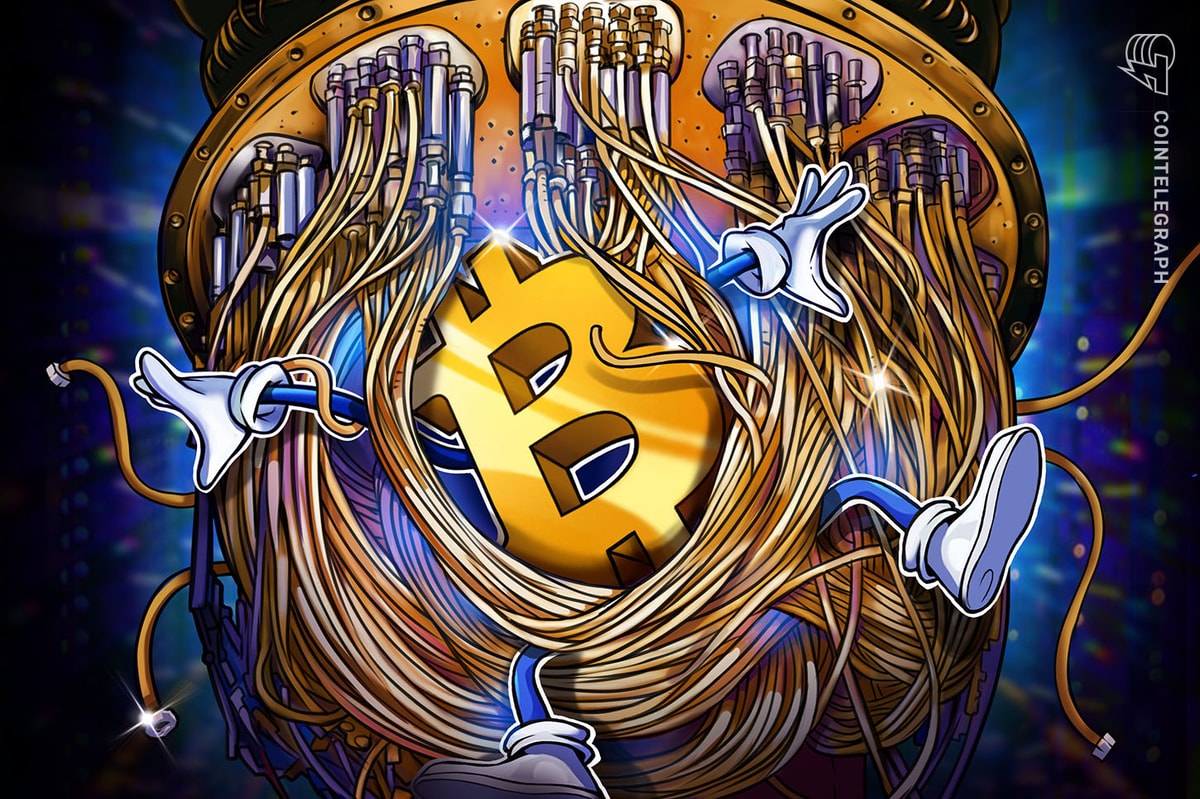Stablecoin issuer Circle has launched Euro Coin (EUROC) on Avalanche, a move that aims to deliver faster and more efficient payments and financial services for developers and users.
In an announcement sent to Cointelegraph, the Circle team said that the launch is part of their multi-chain strategy for EUROC. The team said that the availability of EUROC on Avalanche increases its liquidity and gives users the option to transact in euros along with its USD-backed stablecoin, USD Coin (USDC).
The stablecoin issuer launched EUROC last year as a regulated stablecoin that’s fully backed with euro reserves. This means that each EUROC token will have an equivalent euro held in custody at United States-regulated financial institutions.
There’s a new stablecoin in town.
— Cointelegraph (@Cointelegraph) June 16, 2022
USDC issuer Circle Internet Financial is launching EUROC, a fully-reserved stablecoin pegged to the euro. https://t.co/n7Uy27RKCZ
Circle’s vice president of product, Joao Reginatto, said that the EUROC launch allows better access to the euro for anyone. Reginatto explained:
“When we first introduced Euro Coin on Ethereum last year, we wanted anyone with an internet connection to have access to the euro across borders and time zones.”
Bringing the token to Avalanche allows developers and users to have a “more cost-effective” experience in their financial transactions, according to Reginatto. The executive believes that this creates new possibilities for payments and remittances.
Related: Stablecoin payments: Visa shares plans for ‘ambitious’ crypto product
John Nahas, the vice president of business development at Ava Labs, expects “great feedback and usage of Euro Coin” on the Avalance blockchain. According to Nahas, decentralized finance (DeFi) is expanding into a more multi-currency and cross-border environment and adding EUROC will speed up adoption to a “much larger swath of the world.”
Meanwhile, Circle has recently introduced a protocol that allows cross-chain transfers of USDC between Ethereum and Avalanche. On April 26, the team launched the protocol that would burn coins on the sender chain and mint new ones on the recipient chain. This greatly differs from traditional bridges that simply lock tokens to their contract.
Magazine: Unstablecoins: Depegging, bank runs and other risks loom











